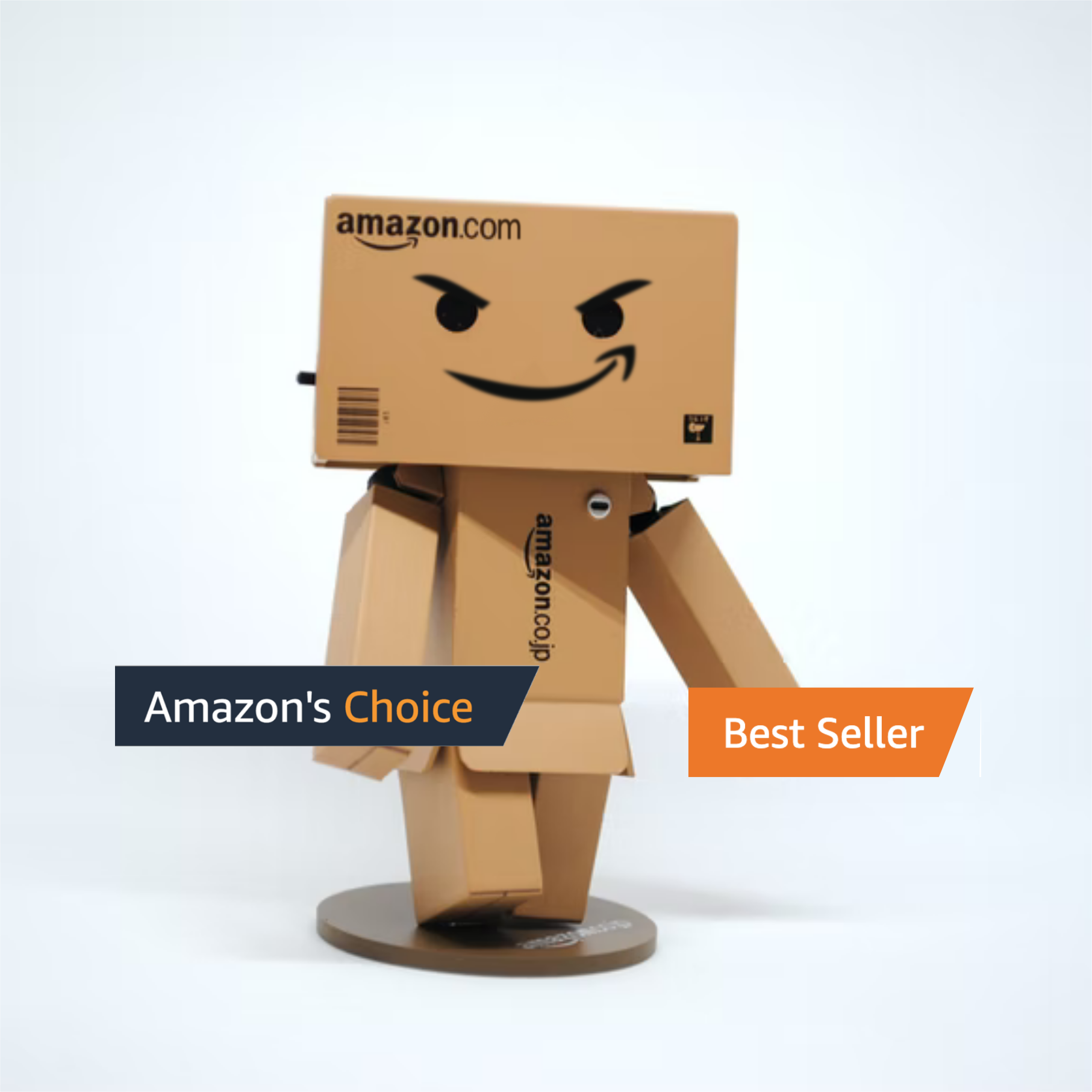Amazon’s Choice and Amazon Best Sellers: Who’s Calling the Shots?
We are creatures of habit. And though it’s very un-creaturelike, one of our most fervent habits is shopping online, and almost necessarily shopping on Amazon. Along with that habit, however, swiftly follows another: our consumption of user reviews.
We are so trained to read reviews before shopping, before staying, before spending our hard-earned money, that instead we spend our time, which isn’t always the best trade-off.
As if sensing our plight - or knowing that there must be ways to part us with our money even faster - Amazon has taken it upon itself to offer us humble shoppers a few shortcuts, adding badges to certain products. These badges are almost pre-reviews, an attempt to convince us before we read a single review.
So, since that nifty “user experience enhancement” is a little bit like manipulation, it’s worth examining these badges to determine what they really mean and to reveal how they are placed.
Amazon’s Choice
With a name like that, you’d almost think that a group of humans actually tested products, weighed them against each other, and awarded distinction to the one that would best serve the most people. You’d think the fine people of Amazon found their favorite, stamped it with approval, then decided to share.
Well. Nope. Not necessarily.
First, some background.
When Amazon Alexa first debuted, customers who used the virtual assistant to voice shop could only order items they had previously bought. A 2015 update changed this, and Amazon’s Choice was the difference-maker. Now, instead of only relying on previous orders, Alexa could search Amazon and suggest an Amazon’s Choice product (and if not that, then the top-rated matching search result).
So, how did/does a product become an Amazon’s Choice?
First, the title can’t be bought. It’s not an ad. Instead it is a reflection of the level of service and the quality of product to be expected.
The product must be Prime-eligible, meaning it can ship immediately and quickly. It must also be highly rated, have a low return rate, and remain consistently in stock. All qualities a shopper would find desirable, no doubt. And the product’s prices, while not necessarily the lowest, must be competitive; not everyone is looking to pay more for high quality, and Amazon understands.
The final quality is simply related to product names and keywords (which may be why you see so many 15 word long product names).
Notice below, this product isn’t exactly a match, though Amazon is probably smart enough lump sunscreen and sunblock together (and sunblock IS what I searched):
And there again, Amazon explains that being an Amazon’s Choice mainly boils down to ratings, prices, and shipping times.
So the badge DOES mean you’ll probably pick a good item. But it doesn’t mean someone at Amazon though the product was good. It’s all machines and algorithms, man.
Amazon Best Seller
Now this you would assume is pretty cut and dry. Best seller means it’s the one that sells the best, it sells the most, right?
Well, yeah. Of course.
Amazon’s Best Seller badges are placed the most popular products - based on sales - and these numbers are updated hourly.
Don’t believe me? Fine!
Now, obviously “Best Seller” doesn’t mean best product, or best value, or anything beyond “this thing sold the most.” That could simply mean that this product had the lowest price. Or everyone saw a celebrity using something like it.
The product still could be bad, but it might be cheap enough that people take a chance on it. Next hour, it might be something different.
Oh, and if you were wondering, all of those categories following “best sellers” are explained in much the same fashion. New Releases are “Our best-selling new and future releases. Updated hourly.” Movers and Shakers are “Our biggest gainers in sales rank over the past 24 hours. Updated hourly.” And so on, and so on.
If products get hot, that’s where they’ll be. Again, are they good or not? Well. They sell!
If you want the real info, it’s still probably worth your time to dig into the reviews. But at the very least, you can feel confident using these badges as shortcuts, now that you’re a smartysmart who’s in the know.



